Brari Nambal : The Overlooked Oasis
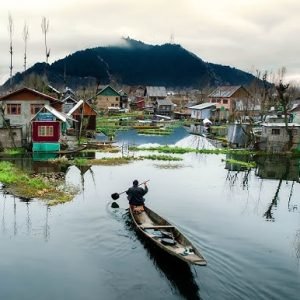
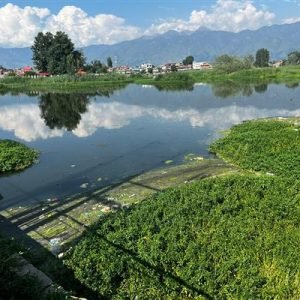

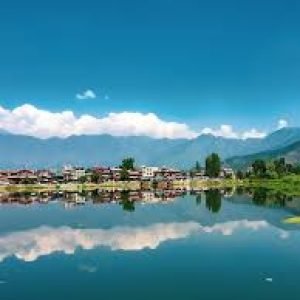
Table of Contents
Toggle1. Introduction
Kashmir is considered as “Heaven on Earth”. Its remarkable landscapes, serene lakes, and ancient gardens make this region highly known among the people. It attracts most people to Dal Lake and Nigeen Lake. However, Brari Nambal Lake silently resides at the heart of Srinagar, holding the treasure of history, culture, and nature. As the lesser-known water body, often called the “Srinagar’s Hidden Jewel,” Brari Nambal has played a very vital role in the hydrology and heritage of the city.
2. Geography of Location
Brari Nambal is located centrally in the city of Srinagar, the summer capital of Jammu & Kashmir, between the well-known Dal Lake and the Anchar Lake. It falls within the old city of Srinagar with highly populated areas and hilly, narrow lanes. The geographical location of the lake has given it an important status as a water body in the complex aquatic system of the region, with functions of a natural reservoir and as an integral component of the flood drainage system for the city of Srinagar.
Size: The size of the lake is approximately 0.8 square kilometers. This is an insignificantly smaller area compared to Dal or Nigeen lakes, however, it is a critical ecological and hydrological link in the landscape.
Brari Nambal is linked through a network of canals and waterways to the famous Dal Lake, it thereby acts as an important regulator of the water level during rains and floods. Its proximity to the old city of Srinagar and historical landmarks, including Hari Parbat Fort and ancient shrines, also adds to its cultural value.
3. History and Cultural Significance
This long stretch in Brari Nambal dates back to thousands of years, closely related with the development of Srinagar as a city and its traditional water management systems. Over the ages, it continued to form a necessary part of the Kashmiri lifestyle at one time as a place to fish, as an irrigation source and as a center for traditional water transport.
3.a. Heritage of Mughal Period
The Mughal period saw Brari Nambal acting as a vital component of the city’s water system that helped support the complex irrigation systems created by the Mughals. The rulers were very fond of gardens, water bodies, and fountains, and Brari Nambal played the underpinning component to sustaining the lush greenery of Srinagar’s world-famous Mughal gardens, such as Shalimar Bagh and Nishat Bagh.
The name “Brari Nambal” itself is derived from Kashmiri origin, in which “Brari” means small and “Nambal” refers to a marshy area or lake. Over time, the lake developed into an important hub of social and economic activity because of the livelihood of the local fishermen and source of water for agricultural lands around it.
3.b. Religious and Social Importance
The lake is also of religious significance as it is near the important shrines Dastgeer Sahib Shrine and Makhdoom Sahib Shrine at the foot of Hari Parbat. Thousands of devotees make it to these shrines every year, and the lake, in the past, had constituted a waterway for boat transport to these centres of religious activity. Pilgrims and locals often made use of the lake and channels for communitarian travel that further interconnected Brari Nambal with the social lives of Srinagar.
Communities around Brari Nambal, which were thriving communities that surrounded themselves with the lake, used it in daily life: to wash, bathe, farm, and more. Like many in Kashmir, the waters of Brari Nambal were embodied in folklores, songs and poetic writings, depicting life, prosperity and beauty.
4. Ecological Importance
Brari Nambal, being small in nature, is a very important component of the environment of this area. It was traditionally a wetland, with varied species of birds, fish and aquatic plants inhabiting it. Wetlands such as Brari Nambal provide for water purification, flood control, and conservation of biodiversity.
4.a. Biodiversity
It housed a huge range of fish species such as Kashmiri carp, and it offered shelter to a lot of migratory birds. The lake was flanked by wetlands hosting aquatic plants, including lotus and water lilies. Many birding tourists and scientists and naturalists visited the lake for sightings of migratory species, usually in spring and autumn when it was replete with vitality.
4.b. Role in Water Management
Brari Nambal is essentially a part of the water management system of Srinagar and which is directly connected with Dal Lake with the view to act as an overflow during rainy days. Geologically, over the years this lake had worked as a flood basin, hereby absorbing excess water and thus stopping the flooding of residential areas of the city Srinagar. In the 2014 Kashmir floods, again Brari Nambal stood out as an asset for flood control in the city.
In addition, no significance can be provided to the role of this lake in retaining the water table within the surrounding areas. Wetlands such as Brari Nambal help in groundwater recharge that is highly essential to the region in its maintenance of its hydrological balance.
5. Environmental Challenges
Brari Nambal has faced significant challenges in the last two or three decades mainly because of human beings through urbanization, pollution, and neglect. The lake, renowned for its beauty and ecological diversity, suffers from pressures from high population density, encroachment, and untreated sewage dumping.
5.a. Reduction in size due to urbanization encroachment
Probably the most major problem that Brari Nambal faces is encroachment through urbanization. With an increasing population in Srinagar, neighborhoods around the lake have also expanded where illegal constructions take place along the banks of the lake. Encroachment not only shrinks the size of a lake but also contributes to its degradation by blocking the natural flow of water and increasing pollution levels.
The lake area over time has shrunk by many acres and has lost approximately nearly 60% of its initial size. The loss of the surrounding wetlands has further contributed to the lake’s reduction in the filtering capacity of the water after it has been polluted and during rainstorms, in the control of the flow of the water.
5.b. Water Degradation and Pollution
Brari Nambal has become one of the severely polluted places as raw sewage and solid wastes from residential areas around it have been disposed off without treatment. The water of the lake has degraded over time with high organic wastes, plastic and other pollutants thus affecting the water in this lake adversely. Aquatic life has also been relatively severely affected with their disappearance.
The added nutrient load in the lake water has resulted in too much growth of algal blooms and invasive weeds, such as Eichhornia (water hyacinth), thereby further disturbing the ecological balance of the lake. These weeds choke its surface, reduce oxygen in the water and make it hard for the aquatic species to survive.
5.c. Lack of Conservation Efforts
While some restorations are also carried out over Brari Nambal, the activities have been slow and in inconsequential manner. The lake has lacked visionary management strategies and the lack of sufficient funding for the restoration of activities remains a significant obstacle in the conservation efforts. In addition, public awareness pertaining to the importance of the lake remains low, as most of the locals are ignorant about the ecological and cultural importance of the lake.
6. Tourism Potential and Opportunities
Brari Nambal does not have the fame of Dal or Nigeen lakes, but its hidden beauty and historical significance are immense tourism potential. Proper conservation efforts could make this lake, both for locals and visitors, an attractive haven away from all that hustle and bustle of urban life.
6.a. Eco-Tourism and Birdwatching
Restoring Brari Nambal to its previous glory can attract eco-tourists and birdwatchers interested in the rich biodiversity of Kashmir. Rehabilitation of wetlands in this lake can also provide it as a stopover for migratory birds, hence giving bird watching and photography opportunities.
Guided tour activities of the lake could also be offered to raise conservation awareness as people would get a close view of the serene beauty. Kayak, canoeing or shikara rides could be an attractive way to cover every nook and cranny of the lake with its surroundings.
6.b. Historic and Cultural Tourism
Being a part of the old city of Srinagar, Brari Nambal is surrounded by numerous historical landmarks, including Hari Parbat Fort, Shankaracharya Temple, and several Mughal gardens. The lake could be incorporated into heritage tours focused on the historical and cultural richness of Srinagar and offer a chance for visitors to experience the legacy of the city.
Cultural festivals, exhibitions or performances around the lake will also serve as a catalyst in focusing attention on the historical importance of the site, recreating this lake site as a social and cultural center for the people.
6.c. Community Involvement and Sustainable Development
The local communities are of great importance for the conservation and development of Brari Nambal. To begin with, involving the residents in eco-friendly activities such as cleaning drives, sustainable fishing, and waste management solutions can actually restore the lake while further developing the local economy through tourism.
By encouraging sustainable development, Brari Nambal can become a model to enhance tourism with better environmental conservation. Public education on the importance of the lake and the increase in responsible tourism may help ensure the sustainability and resilience of the lake ecosystem and its surroundings.
7. Restoration Efforts and Future Prospects
Reviving the Brari Nambal has been an effort by the governmental and non-governmental organizations for quite some time now. These reviving efforts are aimed at regaining the ecological as well as aesthetic value of the wetland site. Improvement in water quality was among the efforts, elimination of species unknown to belong to this sort of environment, as well as attempts to reduce pollution.
7.a. Government Initiatives
In the past few years, Jammu & Kashmir Lakes and Waterways Development Authority has worked to revitalize Brari Nambal. Initiatives undertaken include the dredging of the lake to remove silt, restoring the channels of water themselves as they were originally and installing sewage treatment plants so that the raw waste would not be dumped into it.
The National Green Tribunal has requested strict rules and punishments for illegal constructions and encroachments along the bank of this lake by putting pressure on concerned authorities to take timely action so that this lake is not further damaged.
7.b. Role of NGOs and Civil Society Organization
Different NGOs and local activists have been raising their voice over the issue of Brari Nambal. That ranges from a cleaning campaign, environmental education programs and tree planting initiatives to restore the ecosystem of the lake and involving people in activities for the betterment of conservation.
8. Conclusion
Lake Brari Nambal, despite being overshadowed by so many more magnificent and famous lakes, the complex holds immense historical, cultural, and ecological importance to Kashmir. With its peaceful charm and importance in the water management of Srinagar, Brari Nambal is indeed a treasure worth keeping. Its lake faces massive environmental degradation, but nevertheless, the restoration efforts are still in place and provide the promise for a better tomorrow. Together with appropriate conservation measures, community participation, and responsible tourism, Brari Nambal can be an alive center of natural beauty and cultural richness that would constitute social benefit for local people and traveling visitors.
How to book a trip to Brari Nambal , India with Charzan Holidays?
For a seamless and exceptional booking experience, contact Charzan Holidays at reservations@charzan.in or call us at +919622224473
People ask FAQ's
1. How to reach Brari Nambal Lake?
Brari Nambal Lake is located in Srinagar, Jammu and Kashmir. Taking a taxi or auto-rickshaw from Lal Chowk, the central hub of the city is another way to reach the lake. It is also near Khanyar and can be accessed walking from local areas such as the famous Dal Lake.
2. Brari Nambal Lake is in which state?
Brari Nambal Lake is situated at the heart of Srinagar city in Jammu and Kashmir, India. It is a small quiet lake connected with the famous Dal Lake and forms a big part of the natural ecosystem of this city. Over the years, it has suffered with pollution and degradation.
3. Brari Nambal Lake to Srinagar distance?
Brari Nambal Lake lies within Srinagar city. Consequently, the distance to reach the center of Srinagar is minimal, around 2 to 3 kilometers, according to source. Historically, it is also connected with Dal Lake, and one could reach most parts of this city within a 10 to 15-minute drive from here.
4. What is Brari Nambal Lake famous for?
Brari Nambal Lake, Srinagar Kashmir, is considered to be a place of horrible beauty but more importantly for its historical importance. Once an important part of the water transport system in Srinagar, it has undergone many transformations to reach where it stands today, understood in terms of its contribution to urban ecology. Now, its existence is threatened by pollution.
Frequently Asked Questions
1. What is Brari Nambal? | |
| Brari Nambal is a picturesque lake located in the Anantnag district of Jammu and Kashmir, known for its serene environment, stunning views, and rich biodiversity. | |
2. How do I reach Brari Nambal? | |
| Brari Nambal can be reached by road from Srinagar, which is approximately 60 kilometers away. You can hire a taxi or take a bus to Anantnag and then continue to the lake. | |
3. What are the main attractions at Brari Nambal? | |
| Attractions include the scenic lake itself, lush surroundings, migratory birds, and the nearby local villages that offer a glimpse into traditional Kashmiri life. | |
4. When is the best time to visit Brari Nambal? | |
| The best time to visit is from April to October, when the weather is pleasant for outdoor activities and nature exploration. | |
5. Is Brari Nambal safe for tourists? | |
| Yes, Brari Nambal is generally safe for tourists. However, it’s always wise to stay updated on local conditions and adhere to travel advisories. | |
6. Are there accommodations near Brari Nambal? | |
| While Brari Nambal itself has limited accommodations, nearby towns like Anantnag offer various hotels and guesthouses for travelers. | |
7. What activities can I do at Brari Nambal? | |
| Visitors can enjoy boating, bird watching, photography, and peaceful walks along the lake, soaking in the natural beauty. | |
8. Is public transportation available to Brari Nambal? | |
| Public transportation options are limited, so hiring a taxi or using private vehicles is recommended for convenience. | |
9. What should I pack for a trip to Brari Nambal? | |
| Pack comfortable clothing suitable for outdoor activities, warm layers for cooler evenings, sunscreen, and a camera for capturing the stunning scenery. | |
10. Are there local customs to be aware of? | |
| Yes, it’s important to respect local customs and traditions, especially regarding dress code and behavior in rural areas. | |
11. Is Brari Nambal suitable for families? | |
| Yes, Brari Nambal is a family-friendly destination, with safe areas for children to enjoy nature and activities. | |
12. Can I find food options near Brari Nambal? | |
| There are limited food options at Brari Nambal itself, but nearby towns like Anantnag offer various eateries serving local cuisine. | |
13. Are there guided tours available at Brari Nambal? | |
| Yes, local guides can be hired for tours and can provide insights into the ecology and culture of the region. | |
14. What is the nearest city to Brari Nambal? | |
| The nearest major city is Anantnag, which is well-connected and serves as a hub for travelers visiting the area. | |
15. Can I visit Brari Nambal in winter? | |
| Yes, Brari Nambal can be visited in winter, but be prepared for cold temperatures, and check accessibility, as snowfall may affect travel plans. |


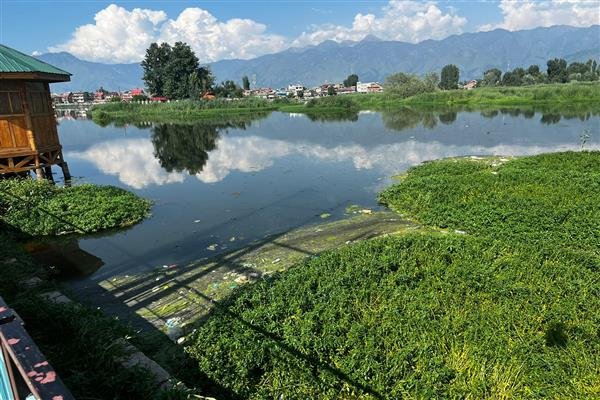
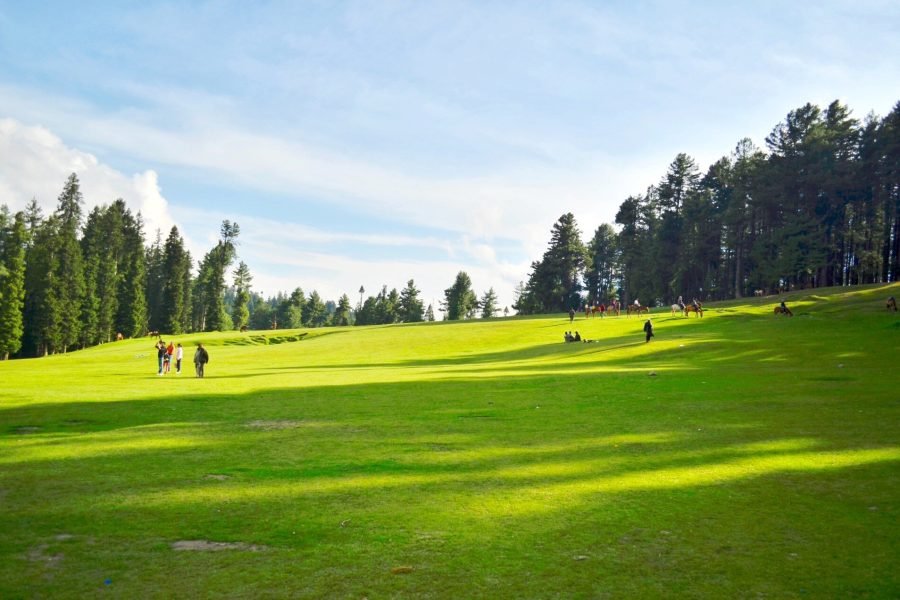
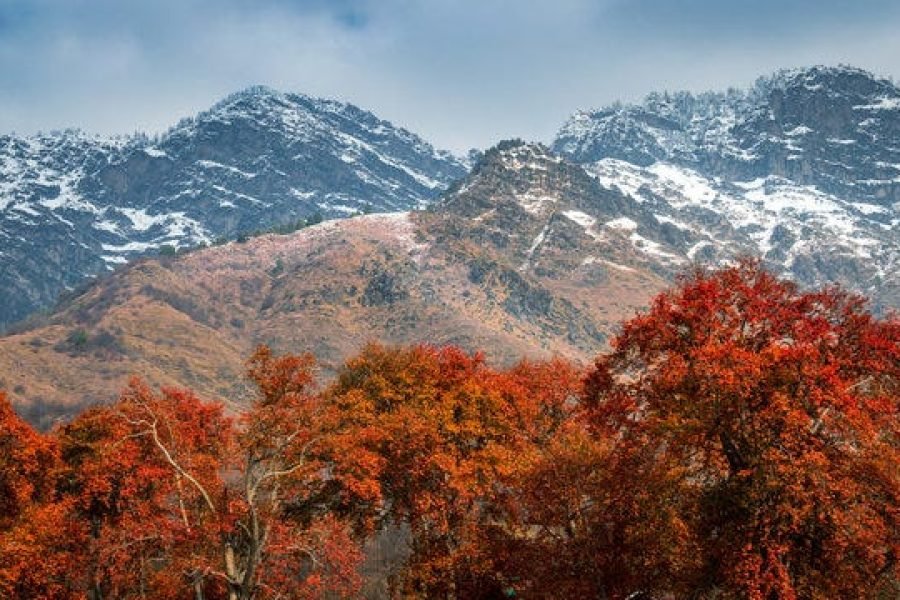
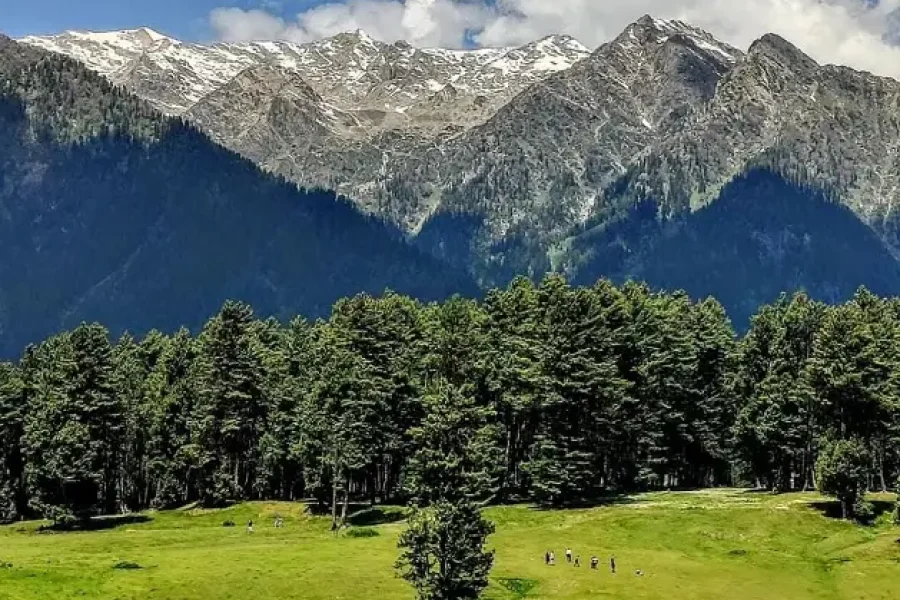
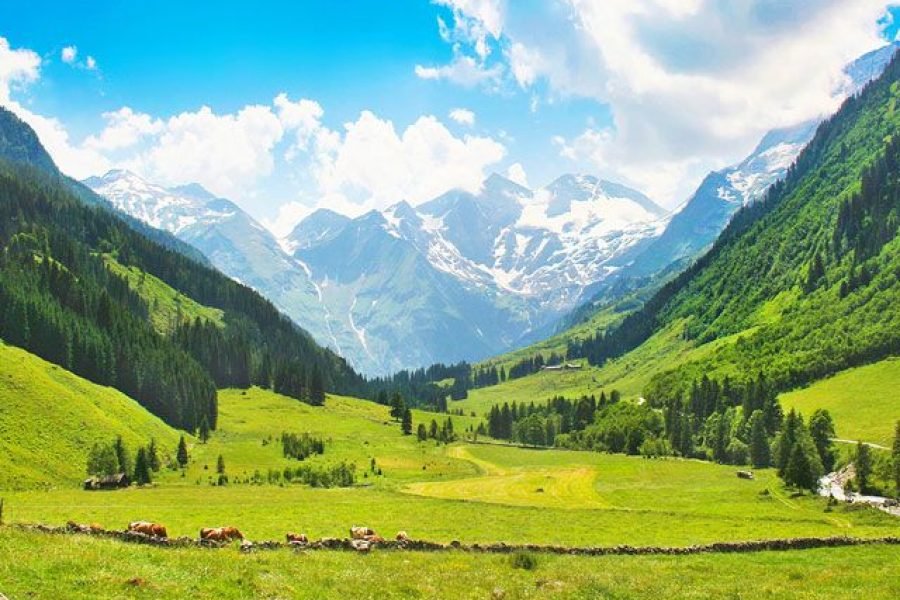
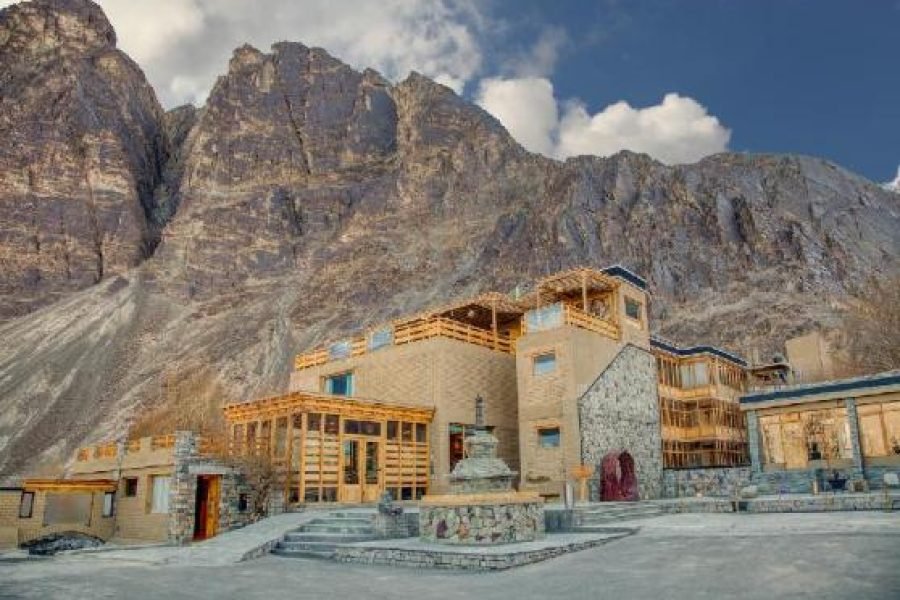

0 Comment